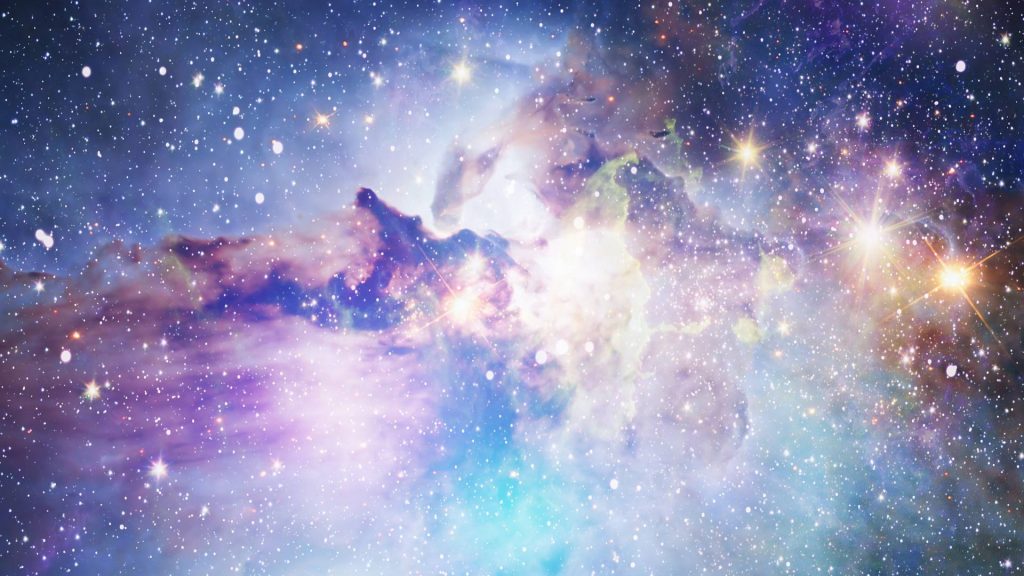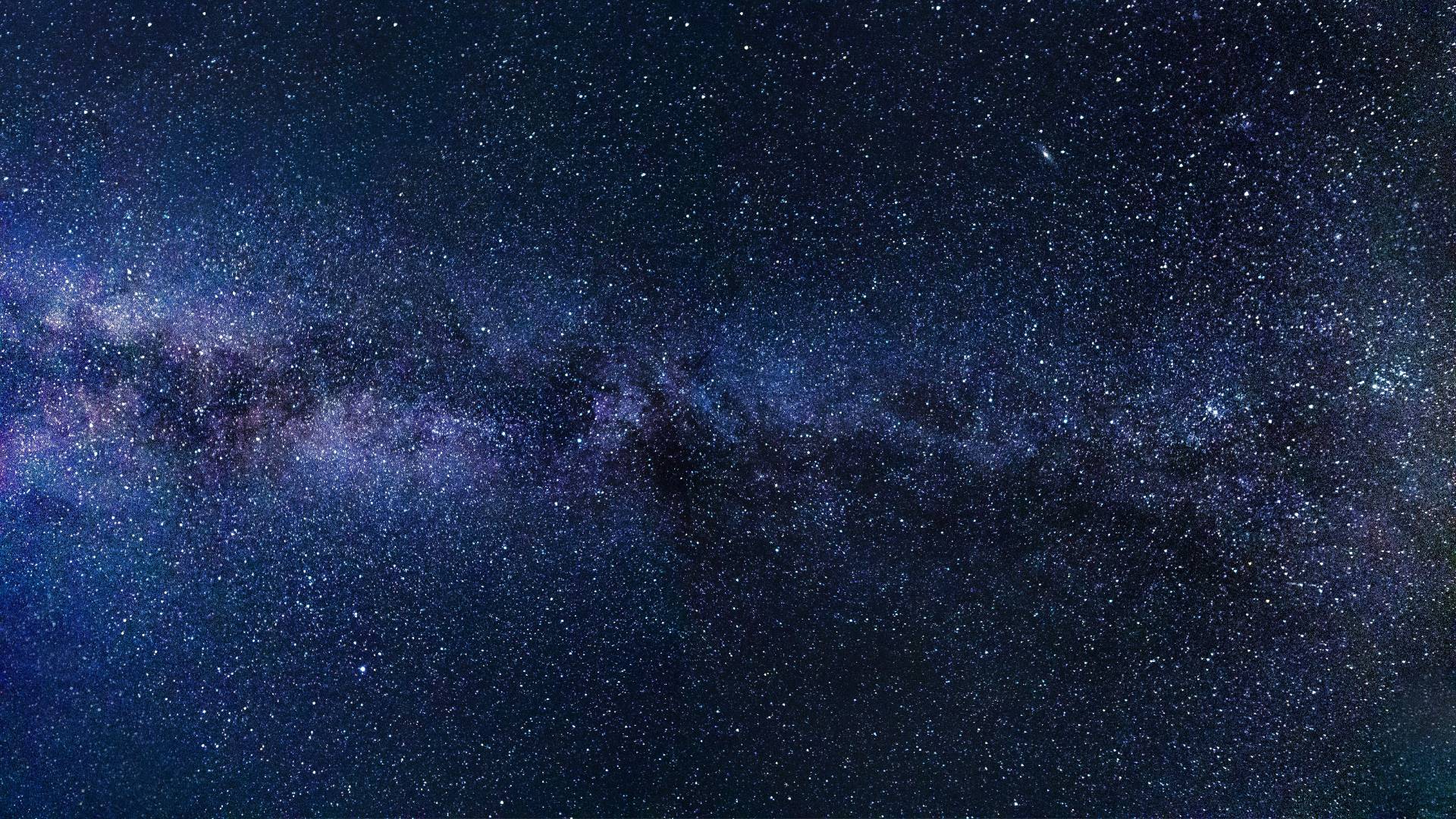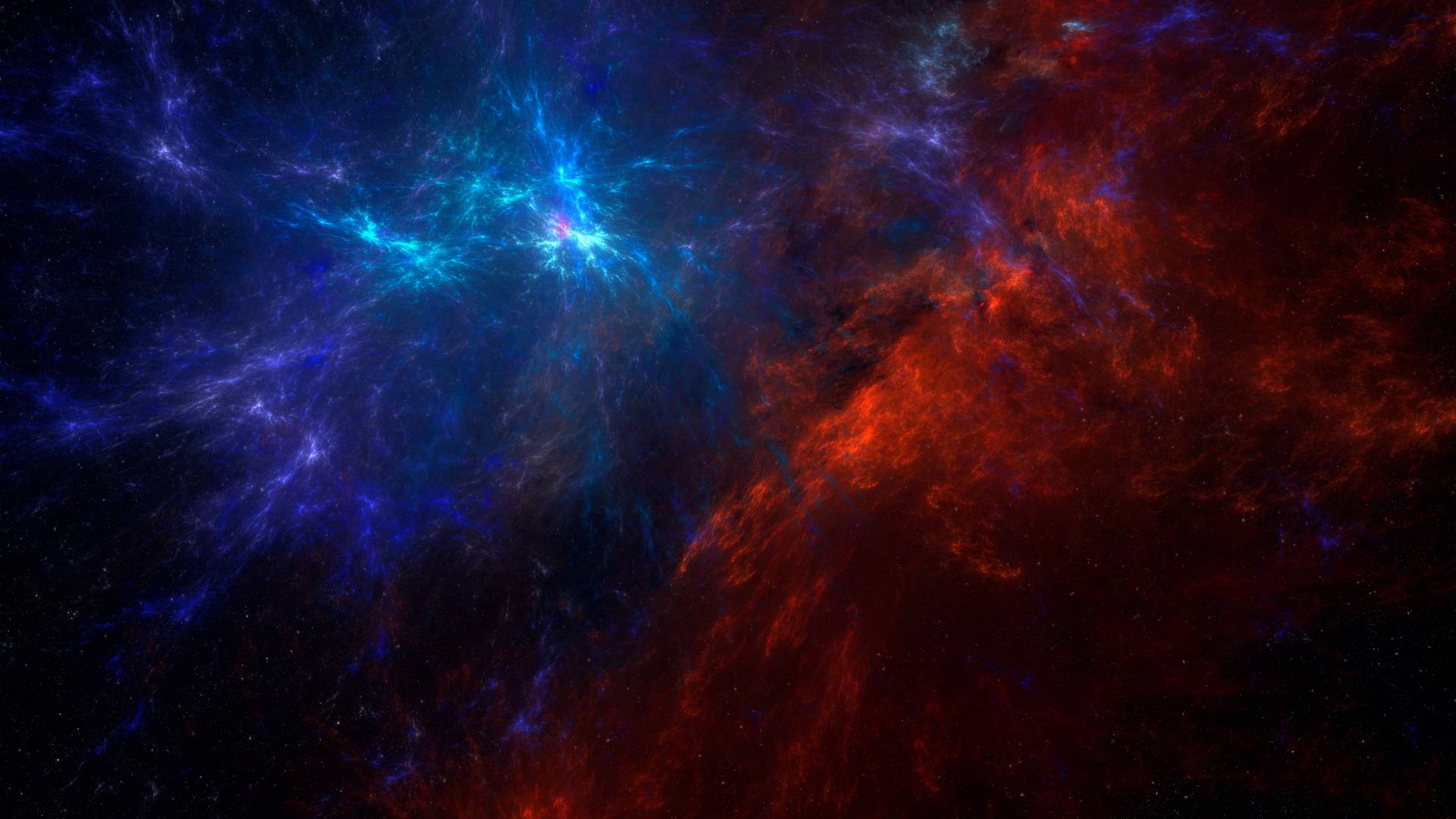In the vast canvas of the cosmos, stellar nebulae emerge as celestial nurseries, birthing stars and sculpting the tapestry of our universe. These cosmic clouds, composed of gas, dust, and the whispers of the cosmos, hold the secrets to the origin and evolution of stars and planetary systems. Let’s embark on a journey to explore the enchanting realm of stellar nebulae and the captivating drama of stellar birth.
stay with Spaceyv
What is stellar nebulae ?
A stellar nebula (plural: nebulae) is a vast cloud of gas and dust in space. These nebulae serve as the birthplaces of stars and planetary systems. They are often composed of hydrogen gas, helium, and other ionized gases, along with microscopic solid particles known as cosmic dust.

There are different types of stellar nebulae, and they play crucial roles in the life cycle of stars. Here are two primary types:
- Emission Nebulae:
- These nebulae are often associated with regions of active star formation. The intense ultraviolet radiation emitted by young, hot stars ionizes the surrounding gas, causing it to emit light of various colors. This results in the vibrant and often colorful appearance of emission nebulae.
- One well-known example of an emission nebula is the Orion Nebula.
- Reflection Nebulae:
- Reflection nebulae do not emit their own light but instead reflect the light of nearby stars. The scattered starlight interacts with the dust particles in the nebula, creating a bluish appearance.
- The Pleiades, also known as the Seven Sisters, is a famous cluster associated with reflection nebulae.
Suggested Contents:
The Cosmic Alchemy of Nebulae
Stellar nebulae are vast reservoirs of raw cosmic ingredients, primarily hydrogen and helium, enriched with trace elements and cosmic dust. These ethereal clouds sprawl across light-years, often appearing as nebulous wisps against the backdrop of the cosmos. Within these seemingly tranquil expanses, a celestial symphony of forces is at play, orchestrating the birth of new stars.
Emission Nebulae: The Cosmic Light Shows
Emission nebulae, such as the iconic Orion Nebula, radiate with vibrant hues of red, blue, and green. Their brilliance comes from the energetic radiation emitted by newborn stars within their folds. As these stars ignite, their intense ultraviolet light ionizes the surrounding gas, causing it to fluoresce in a dazzling display of colors. These nebulae serve as cosmic canvases, painting the universe with the brilliance of stellar youth.
Reflection Nebulae: Celestial Mirrors of Starlight
In contrast, reflection nebulae are cosmic mirrors, reflecting the luminosity of nearby stars. The Pleiades, with its ethereal blue glow, is a prime example. The interplay of starlight and cosmic dust creates a captivating spectacle, illuminating the heavens with a serene radiance. Reflection nebulae remind us that even in the vastness of space, stars leave an indelible mark on their cosmic surroundings.
The Cosmic Ballet: Birth of Stars
Within the heart of stellar nebulae, hidden from our direct view, a cosmic ballet unfolds. The dance begins as gravity takes hold, causing regions of the nebula to collapse under their own weight. These collapsing clouds form dense knots known as protostars, the cosmic embryos of future suns. As these protostars gather more material, temperatures rise, and nuclear fusion ignites—a stellar birth heralded by the glow of newborn stars.

Nebulae as Cosmic Architects
Stellar nebulae are not only cradles of creation but also cosmic architects shaping the destiny of their offspring. The remnants of a nebula, after giving birth to stars, persist as open or globular star clusters. These clusters become stellar communities, where stars interact, influence each other’s trajectories, and leave an imprint on the evolution of their cosmic neighborhood.
The Nebular Legacy: Life and Death
As stars mature within stellar nebulae, they embark on transformative journeys. Some gracefully age, while others, in spectacular fashion, culminate their existence in violent supernova explosions. These cosmic detonations scatter heavy elements into space, enriching the surrounding medium with the building blocks of future stars, planets, and perhaps life itself.
Gazing into the Cosmic Womb
As we gaze into the cosmic womb of stellar nebulae, we witness the sublime beauty and complexity of the universe’s creative forces. These celestial clouds, with their mesmerizing displays and transformative power, beckon us to contemplate the profound interplay of matter, energy, and time. In the cosmic dance of creation and destruction, stellar nebulae stand as silent witnesses to the grandeur of the cosmos, inviting us to marvel at the wonders of the universe and ponder our celestial origins.



